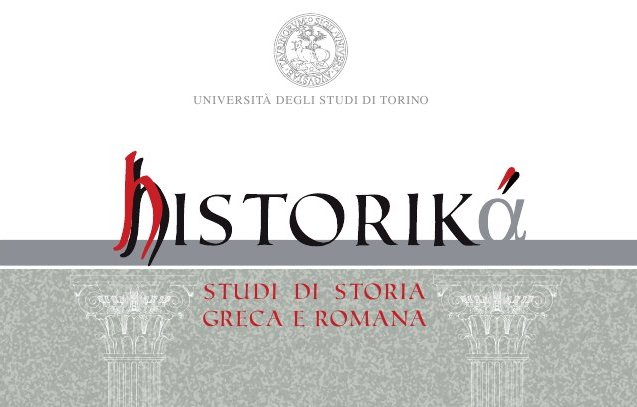A Persian symbol on Alexander I's tetrobols?
considerations on coin inconography
DOI:
https://doi.org/10.13135/2039-4985/5855Abstract
This essay aims to reconsider some theories about the economic impact of the Persian presence in Macedonia between the end of the 6th century B.C. and the first twenty years of the 5th century B.C. After a brief introduction on the chronological and typological problems of the North-Aegean monetary issues, specifically of the so-called ‘Thraco-Macedonian’ coinage – which probably includes the first issues of the Temenid royal authority –, the discussion focuses on a recent essay by Johannes Heinrichs and Sabine Müller. A detailed review of their interpretations about four tetrobols, which are ascribed to Alexander I of Macedon and represent a knight on the obverse, is here offered: since the authors believe that the knight carries a Persian akinakes in his right hand, they presume that the four tetrobols have to be recognized as part of a very limited monetary production in the context of Xerxes’ expedition against Greece in 480/479 B.C., whose organisation was strongly supported by Alexander as a loyal collaborator of the Persians. The second part of this essay is devoted to a reassessment of their interpretations. After some clarifications on chronological difficulties, the discussion focuses on the iconographic analysis of the knight represented on the four tetrobols, concluding that it is impossible to distinguish a Persian akinakes or any object at all: on the basis of comparisons with other Macedonian coins, the purpose is to show that the knight is portrayed as holding the reins with his right hand and that under his hip no short sword (Kurzschwert) is represented, but rather the fold of his clothes (Gewandfalte), which is a characteristic element of all the Macedonian coinage.
Downloads
Published
Issue
Section
License
The authors who publish in this magazine accept the following conditions:
a) The authors retain the rights to their work and assign the right of first publication of the work to the magazine, simultaneously licensed under a Creative Commons License - Attribution that allows others to share the work indicating intellectual authorship and the first publication in this magazine.
b) Authors may adhere to other non-exclusive license agreements for the distribution of the version of the published work (e.g. deposit it in an institutional archive or publish it in a monograph), provided that the first publication has taken place in this magazine.


 The journal has been approved for inclusion in DOAJ. The DOAJ listing of the journal is available at
The journal has been approved for inclusion in DOAJ. The DOAJ listing of the journal is available at 

